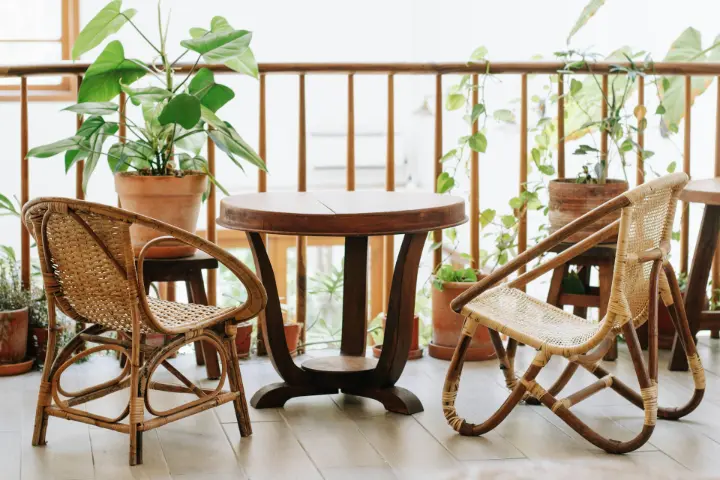When it comes to protecting your home from the elements, especially in exposed areas like balconies, the terms “water-resistant” and “waterproof” are often used interchangeably. However, there’s a significant difference between the two-and understanding that difference could mean the difference between a balcony that stands the test of time and one that suffers from leaks, dampness, and costly repairs.

What Does Water-Resistant Mean?
Water-resistant materials are designed to repel water to a certain degree but not entirely block it. They can handle light rain, splashes, or brief exposure to moisture, but if subjected to standing water or heavy rain over time, they will eventually allow water to seep through. Water-resistant coatings or tiles might keep your balcony dry during a drizzle, but they’re not built to withstand prolonged or heavy exposure.
What Does Waterproof Mean?
Waterproofing, on the other hand, means creating a complete barrier that does not allow water to pass through under any circumstances. Waterproof membranes, coatings, and systems are engineered to withstand continuous or heavy water exposure, making them ideal for balconies, terraces, and other outdoor spaces that face the brunt of the weather.
Why This Distinction Matters for Your Balcony
Your balcony is constantly exposed to rain, humidity, and sometimes even pooling water. Using water-resistant materials may seem sufficient at first, but over time, water can penetrate through the surface, leading to:
Structural Damage: Water that seeps through can corrode steel reinforcements, weaken concrete, and cause tiles to lift or crack.
Mold and Mildew: Persistent moisture creates the perfect environment for mold growth, which not only damages surfaces but also affects indoor air quality and health.
Aesthetic Issues: Damp patches, efflorescence (white powdery deposits), and peeling paint can ruin the appearance of your balcony.
Costly Repairs: What starts as a small leak can quickly escalate into major repairs if not addressed with proper waterproofing.
Common Mistakes: Where Water-Resistance Falls Short
Many homeowners opt for water-resistant tiles, paints, or sealants, believing they offer enough protection. However, these products are not designed to handle standing water or heavy rainfall. Over time, joints, cracks, and porous surfaces can allow water to seep through, bypassing the water-resistant layer.
The Right Solution: Invest in Waterproofing
For balconies, the best practice is to use a comprehensive waterproofing system that includes:
Waterproof Membranes: These are applied beneath tiles or surface finishes to create an impenetrable barrier.
Proper Slope: Ensures water drains away quickly and doesn’t pool.
Quality Grouting and Sealants: Prevents water from seeping through tile joints.
Regular Maintenance: Inspects and repairs any cracks or damage promptly.
Don’t let the terms “water-resistant” and “waterproof” confuse you when it comes to your balcony. Water-resistance is a good start, but it’s not enough for areas exposed to the elements. Investing in true waterproofing protects your balcony from leaks, damage, and costly repairs-ensuring it remains a safe, beautiful, and durable extension of your home.